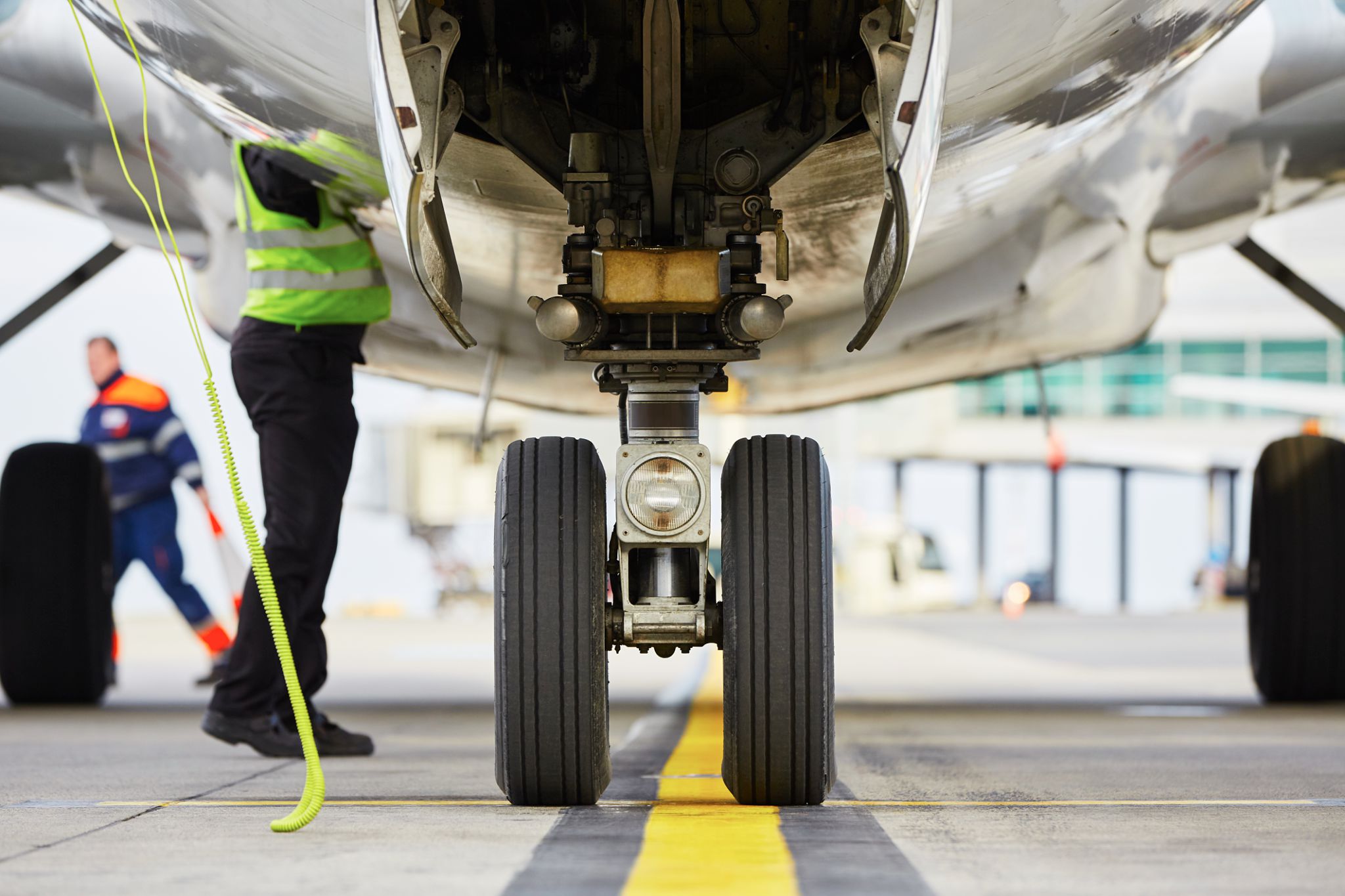Breaking Myths: Common Misconceptions About Learning to Fly
Unveiling the Truth About Learning to Fly
For many, learning to fly is a dream that seems out of reach due to various misconceptions. However, breaking these myths can open up the skies to anyone willing to put in the effort. In this blog post, we'll debunk some common misconceptions about learning to fly and provide clarity for aspiring pilots.

Myth 1: Flying is Only for the Wealthy
One of the most prevalent myths is that flying is only accessible to the wealthy. While it's true that flight training isn't cheap, there are numerous ways to make it more affordable. Many flight schools offer payment plans, scholarships, and financing options to help spread out the cost. Moreover, flying clubs often provide access to aircraft at reduced rates, making it possible for more people to learn to fly.
In addition, aspiring pilots can choose different types of licenses based on their goals, which can affect the overall cost. For example, a sport pilot license requires fewer hours of training than a private pilot license, making it a more cost-effective option.
Myth 2: You Need Perfect Vision
Contrary to popular belief, you don't need perfect 20/20 vision to become a pilot. As long as your vision can be corrected with glasses or contact lenses, you are eligible to fly. The FAA has specific medical standards that pilots must meet, but many aspiring aviators who wear corrective lenses are able to pass these examinations without issue.

Myth 3: Flying is Extremely Dangerous
Many people believe that flying a small aircraft is inherently dangerous, but statistics show that general aviation is quite safe. Modern aircraft are built with advanced safety features and undergo rigorous maintenance checks. Additionally, the training process emphasizes safety, preparing pilots to handle various situations and reduce risks effectively.
Accidents are rare and often result from pilot error rather than mechanical failure. This is why thorough training and continuous education play a crucial role in ensuring safety in the skies.

Myth 4: It's Too Late to Start
Some individuals think that learning to fly requires starting at a young age, but this couldn't be further from the truth. People of all ages successfully earn their pilot's licenses every year. Whether you're in your twenties or your sixties, it's never too late to pursue your passion for aviation.
The important factor is a commitment to learning and adapting to the challenges of flight training. With dedication and perseverance, aspiring pilots of any age can achieve their goals.
Myth 5: You Need to Be a Math Genius
While math skills are part of flight training, you don't need to be a math genius to learn how to fly. Basic arithmetic and some understanding of geometry and physics are helpful, but flight instructors are well-equipped to guide students through any mathematical concepts required for flying.
Many flight schools provide resources and support to help students grasp these concepts, ensuring that they build the necessary skills without feeling overwhelmed.

Conclusion: Breaking Barriers
Breaking these common myths reveals that learning to fly is more accessible than many might think. By dispelling these misconceptions, we hope to inspire more individuals to pursue their dreams of taking to the skies. Whether you're concerned about cost, age, or safety, remember that with determination and the right resources, you can achieve your goal of becoming a pilot.
